¶ Open WebUI: Setup Guide, Tools & Shakker AI Integration
Open WebUI is a game-changer in the world of AI models, providing users with a versatile, offline-friendly interface to streamline their workflows. Designed with advanced features and integrations like Docker, Ollama, and an array of cutting-edge tools, Open WebUI is a must-have for AI enthusiasts and professionals alike.
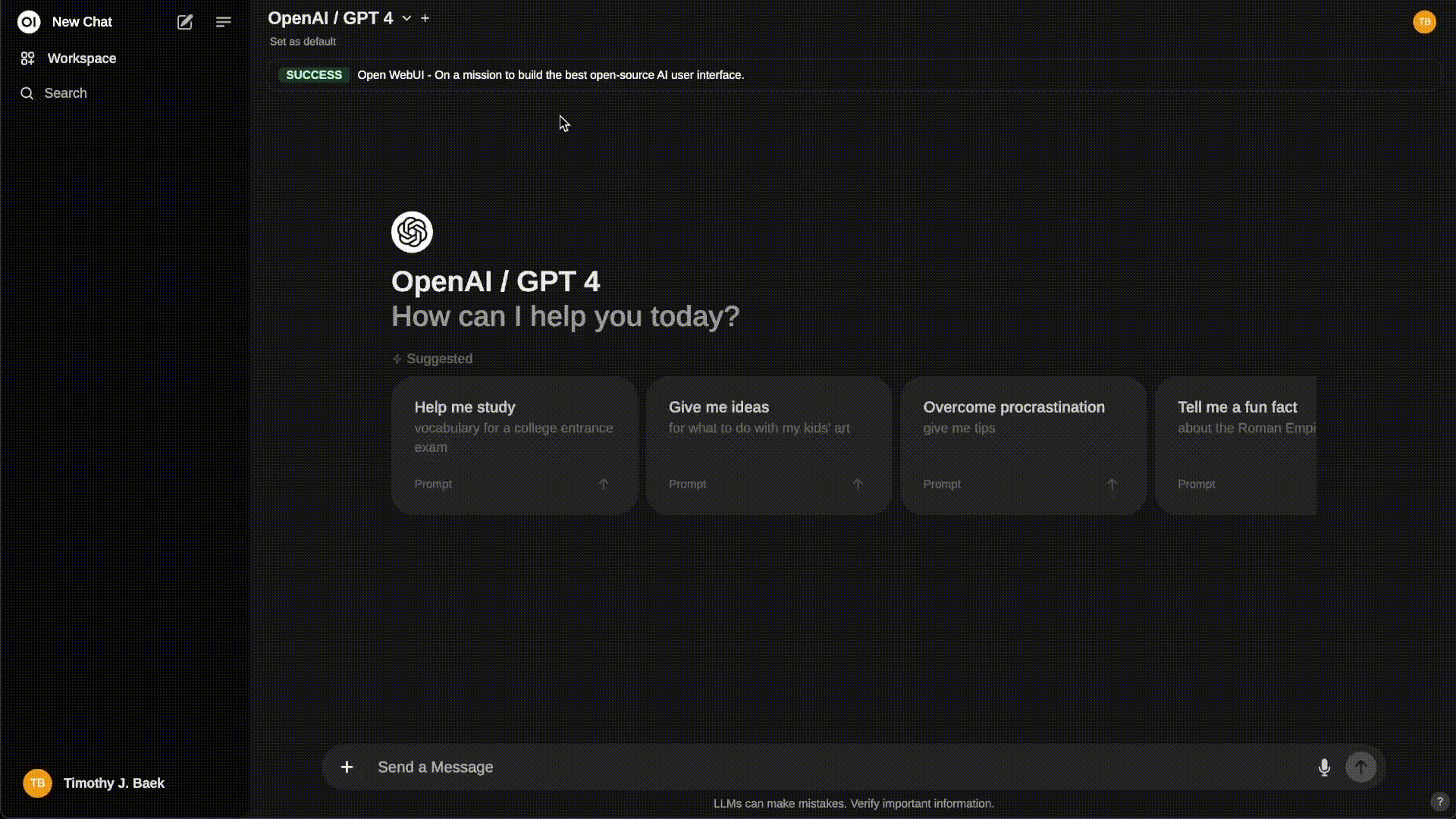
Whether you’re managing Stable Diffusion models or working with large language models (LLMs), Open WebUI makes the process intuitive and efficient. A standout choice for those seeking enhanced functionality is Shakker AI, which brings a dedicated focus on Stable Diffusion workflows with rich tools and a community-driven approach. Let’s dive into the details to explore the full potential of Open WebUI and how Shakker AI fits into this ecosystem.
Tools and Features of Open WebUI
Shakker AI: A Stable Diffusion WebUI
Open WebUI GitHub and Community
¶ What is Open WebUI?
Open WebUI is an advanced and flexible web-based interface designed for managing and deploying AI models locally. Unlike cloud-reliant alternatives, Open WebUI operates offline, offering a secure and private environment for running AI tasks. This capability ensures user data remains protected, making it a popular choice for enterprises and privacy-conscious developers.
¶ Key Benefits of Open WebUI
-
Offline Functionality: Run your AI models without an internet connection, enhancing privacy and speed.
-
Customizable User Roles: Tailor the interface to suit different user profiles, whether you’re a developer or a data scientist.
-
API Integrations: Open WebUI seamlessly integrates with APIs like Ollama and OpenAI, enabling advanced functionalities like LLM-based workflows.
-
Feature-Rich Environment: It supports features like Markdown formatting, LaTeX rendering for math and science professionals, and progressive web app (PWA) compatibility for mobile access.
Open WebUI bridges the gap between local AI model management and high-performance capabilities, making it a preferred choice for researchers, developers, and creators. With integrations like open webui ollama, users can harness the power of custom language models and enhance their workflows significantly.
¶ Tools and Features of Open WebUI
The array of open webui tools ensures that users can optimize their AI workflows with minimal effort. Below are the standout tools and features that make Open WebUI a versatile and powerful solution:
¶ 1. Model Builder for Ollama
Open WebUI includes a model builder specifically designed to create and fine-tune Ollama models. This allows users to customize language models to fit their unique requirements, from generating content to performing code-related tasks.
¶ 2. Hands-Free Voice and Video Calling
One of Open WebUI’s standout tools is its hands-free calling capability. This feature enables seamless communication and collaboration during model training and deployment.
¶ 3. Web Search and Browsing Integration
Open WebUI comes with built-in web search and browsing capabilities, enabling users to retrieve data and contextualize information directly within the interface. This is particularly useful for retrieval-augmented generation (RAG) workflows.
¶ 4. Plugin Support for Python Pipelines
Users can extend the functionality of Open WebUI with Python-based plugins. These plugins allow for the integration of custom pipelines tailored to specific tasks, from image processing to natural language understanding.
¶ 5. Versatility Across Multiple Models
Open WebUI is not limited to a single AI model. It supports multiple model architectures, making it compatible with LLMs, Stable Diffusion, and more. This flexibility makes it a one-stop solution for a wide range of AI applications.
¶ 6. Multilingual Capabilities
With robust multilingual support, Open WebUI allows users to train and deploy models in various languages, catering to global audiences effortlessly.
¶ 7. Responsive Design Across Platforms
The platform’s design is optimized for both desktop and mobile use. Its progressive web app (PWA) compatibility ensures seamless performance across devices, making Open WebUI accessible anywhere, anytime.
From advanced customization to seamless integration with open webui docker, these tools cater to diverse AI workflows, offering unparalleled flexibility and performance.
¶ Setting Up Open WebUI
Getting started with Open WebUI is straightforward, with multiple installation methods available to suit different user preferences. Whether you’re a seasoned developer or a beginner, Open WebUI ensures a hassle-free setup process.
¶ Installation Methods
-
Python pip Installation:
-
Install Open WebUI quickly using Python’s pip package manager.
-
This method is ideal for users who want a lightweight, no-frills setup.
-
-
Using Open WebUI Docker:
-
Deploying Open WebUI with open webui docker provides a seamless way to manage dependencies and ensure compatibility with tools like Ollama.
-
Docker enables GPU/CPU optimization, ensuring high-performance model training and inference.
-
-
Configurations for GPU/CPU Compatibility:
-
Open WebUI supports a range of hardware setups, from standard CPUs to high-performance GPUs.
-
Users can tweak configurations to maximize processing speed and efficiency.
-
¶ Troubleshooting and Updates
For a smooth experience, users should regularly update their installations and consult the open webui github repository for official guides and troubleshooting tips. The active Open WebUI community is also a valuable resource for resolving issues and learning best practices.
¶ Shakker AI: A Stable Diffusion WebUI
For Stable Diffusion enthusiasts, Shakker AI stands out as a dedicated WebUI designed to enhance image generation workflows. Seamlessly integrating with tools like Open WebUI, Shakker AI offers a comprehensive suite of features tailored to creative professionals.
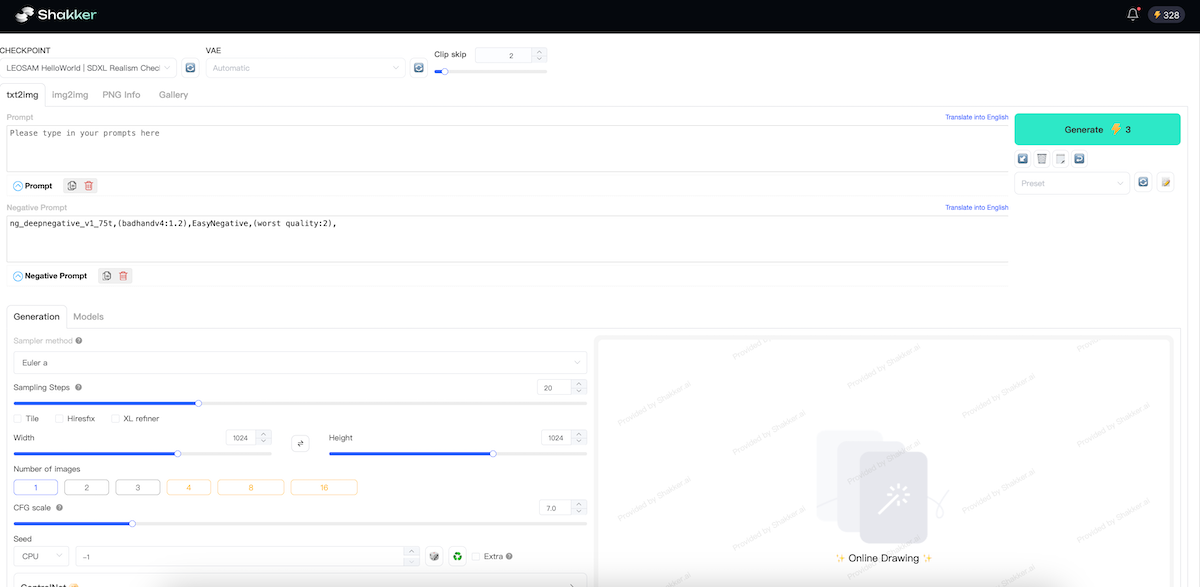
¶ Key Features of Shakker AI
-
Custom Mode Generation:
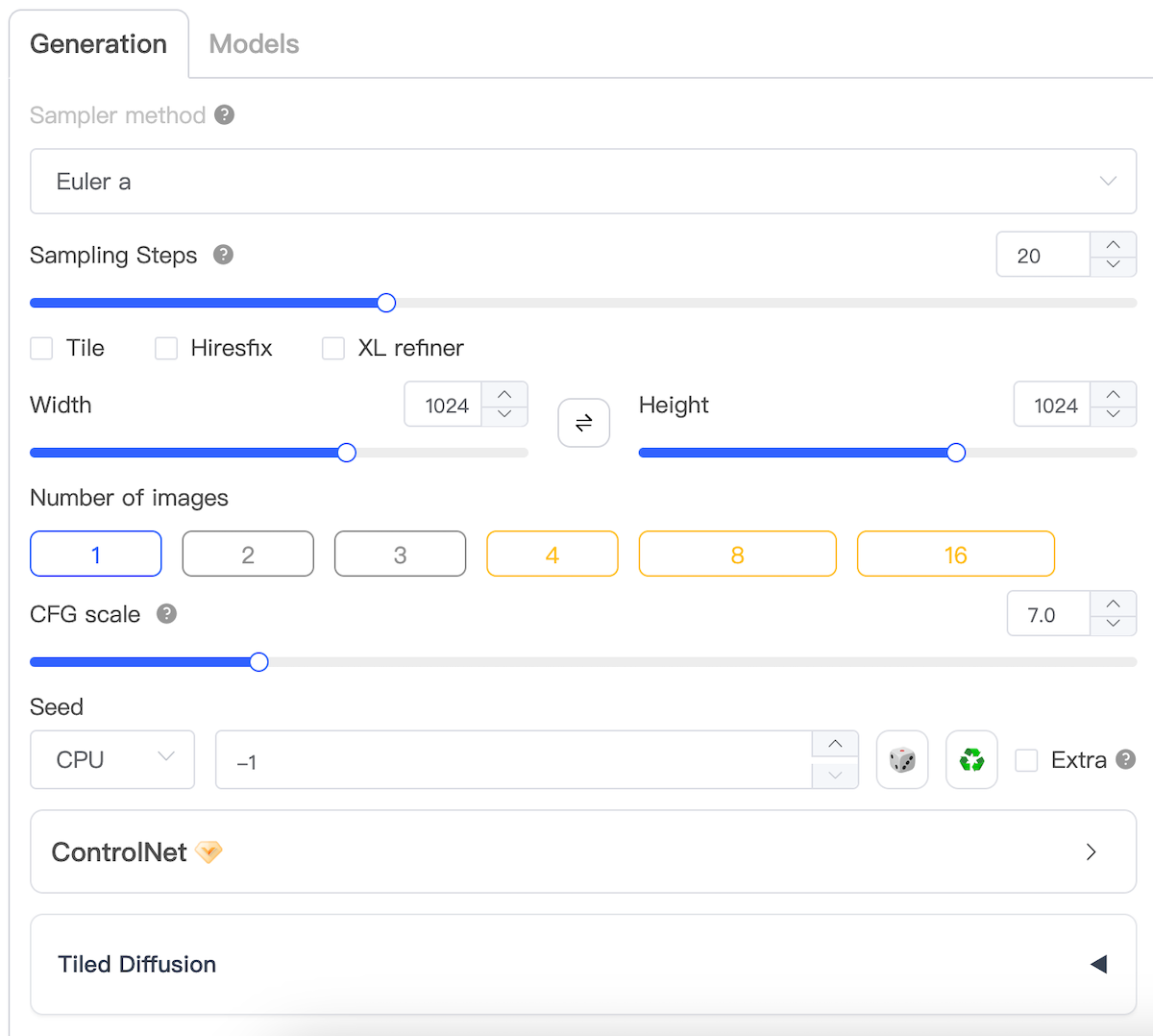
-
Canvas Tools:
-
Perform advanced editing tasks like inpainting, upscaling, outpainting, and background removal.
-
Create collages and experiment with multi-layered compositions.
-
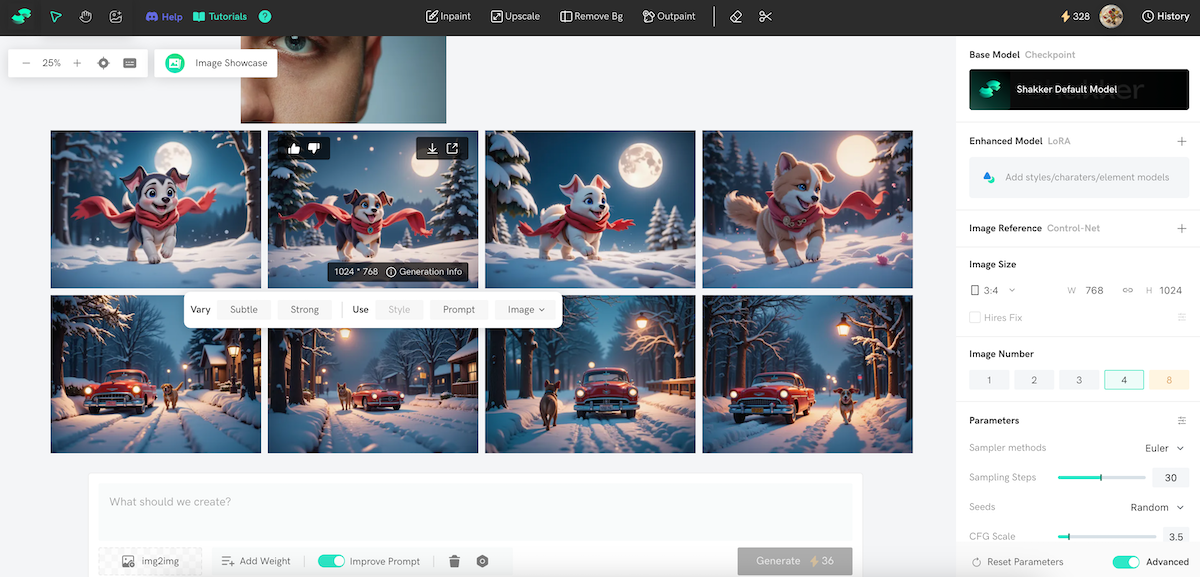
-
Integration with A1111 WebUI and ComfyUI Tools:
- Access a range of pre-built workflows and enhance them with Shakker AI’s intuitive interface.
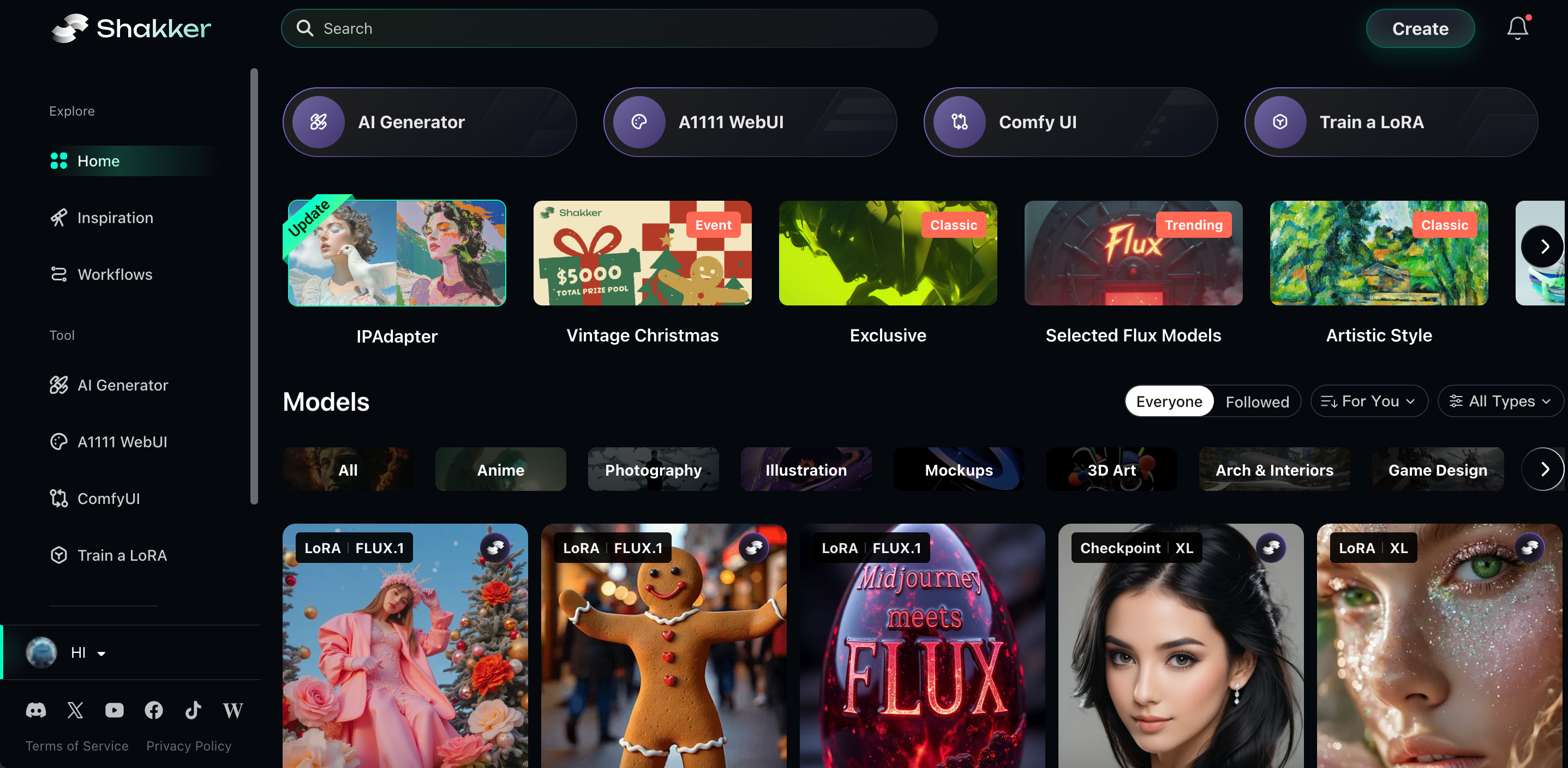
-
Community-Driven Models:
- Explore a thriving library of user-generated models, including categories like anime, photography, and game assets.

By combining the power of Open WebUI with Shakker AI, users can unlock new levels of creativity and productivity in image generation.
¶ Open WebUI GitHub and Community
For developers and AI enthusiasts, the open webui github repository is the go-to resource for everything related to Open WebUI. It provides detailed documentation, installation guides, and a platform for reporting issues and requesting features.
¶ Community Support
The Open WebUI community is a vibrant hub where users can share their custom models, exchange ideas, and collaborate on projects. Whether you’re a beginner or an advanced user, the community offers valuable insights and resources to enhance your experience.
By leveraging resources on GitHub and participating in the community, users can stay updated with the latest developments and make the most of Open WebUI’s capabilities.
¶ Final Words
Open WebUI revolutionizes the way AI models are managed and deployed, offering an offline-friendly, feature-rich interface that caters to diverse user needs. With tools like open webui docker and integrations like open webui ollama, it stands out as a powerful solution for developers and researchers alike. Coupled with Shakker AI, users can take their Stable Diffusion workflows to new heights, creating stunning visuals with ease.
Explore Open WebUI and Shakker AI today to unlock the full potential of your AI projects. For more information, check out the Open WebUI GitHub repository and join the thriving community of innovators shaping the future of AI.
¶ Related Posts:
- Comprehensive Guide to Automatic1111 and A1111 WebUI Tools
- Master Stable Diffusion Inpainting with Shakker AI Features
- MidJourney Outpainting Guide: Expand Images Perfectly
- Open Source AI: Models, Platforms, and Agents Explained